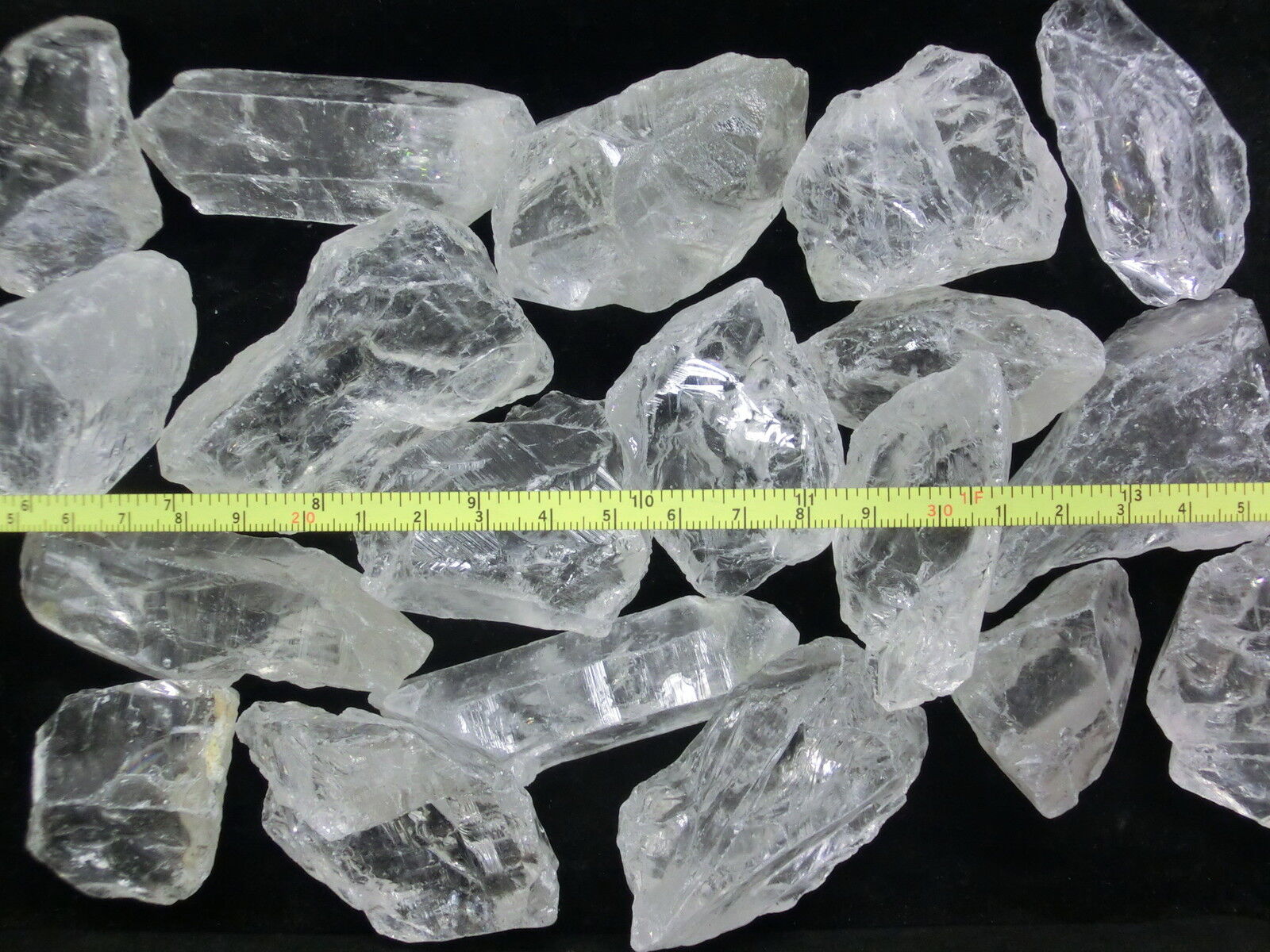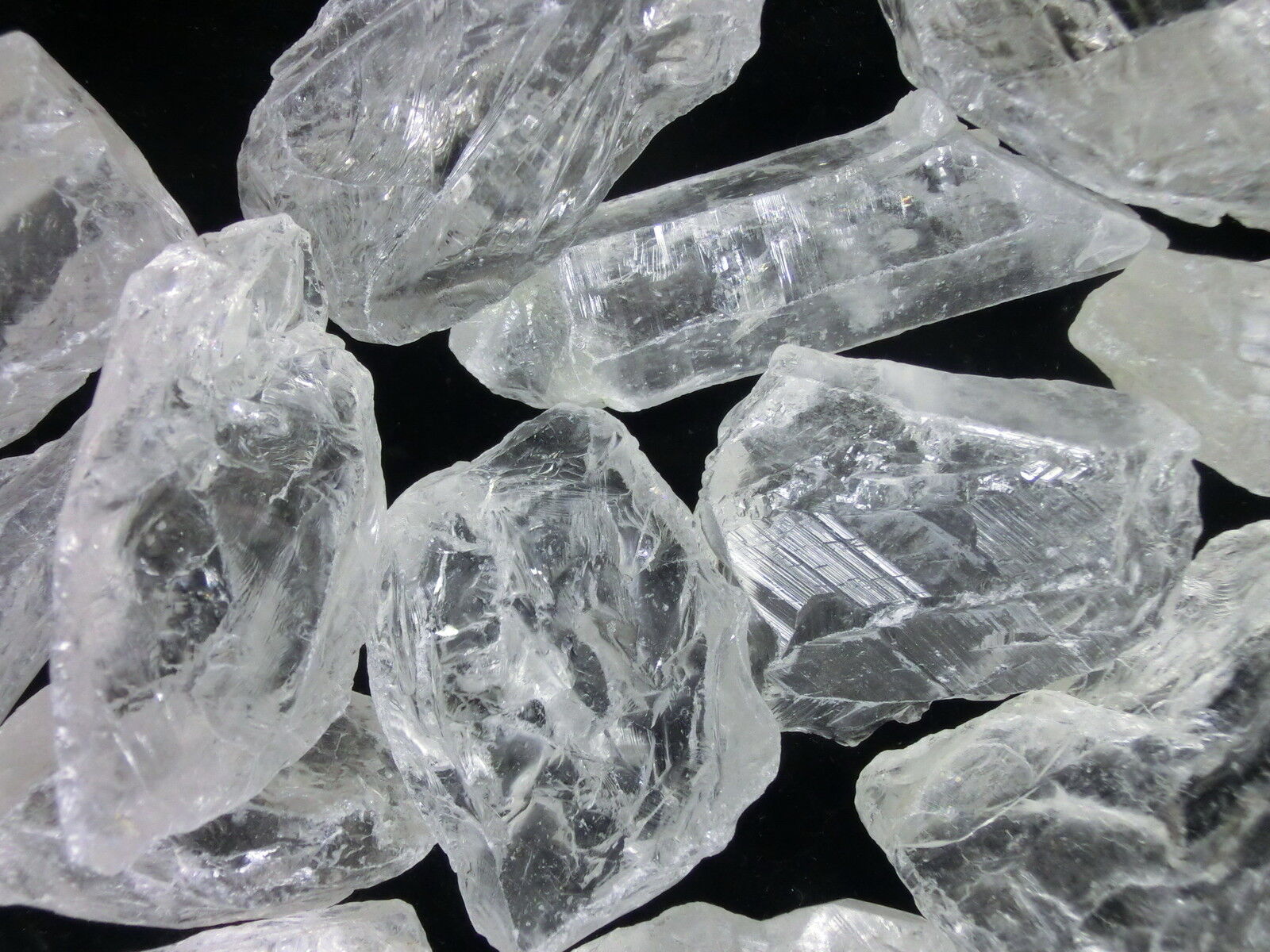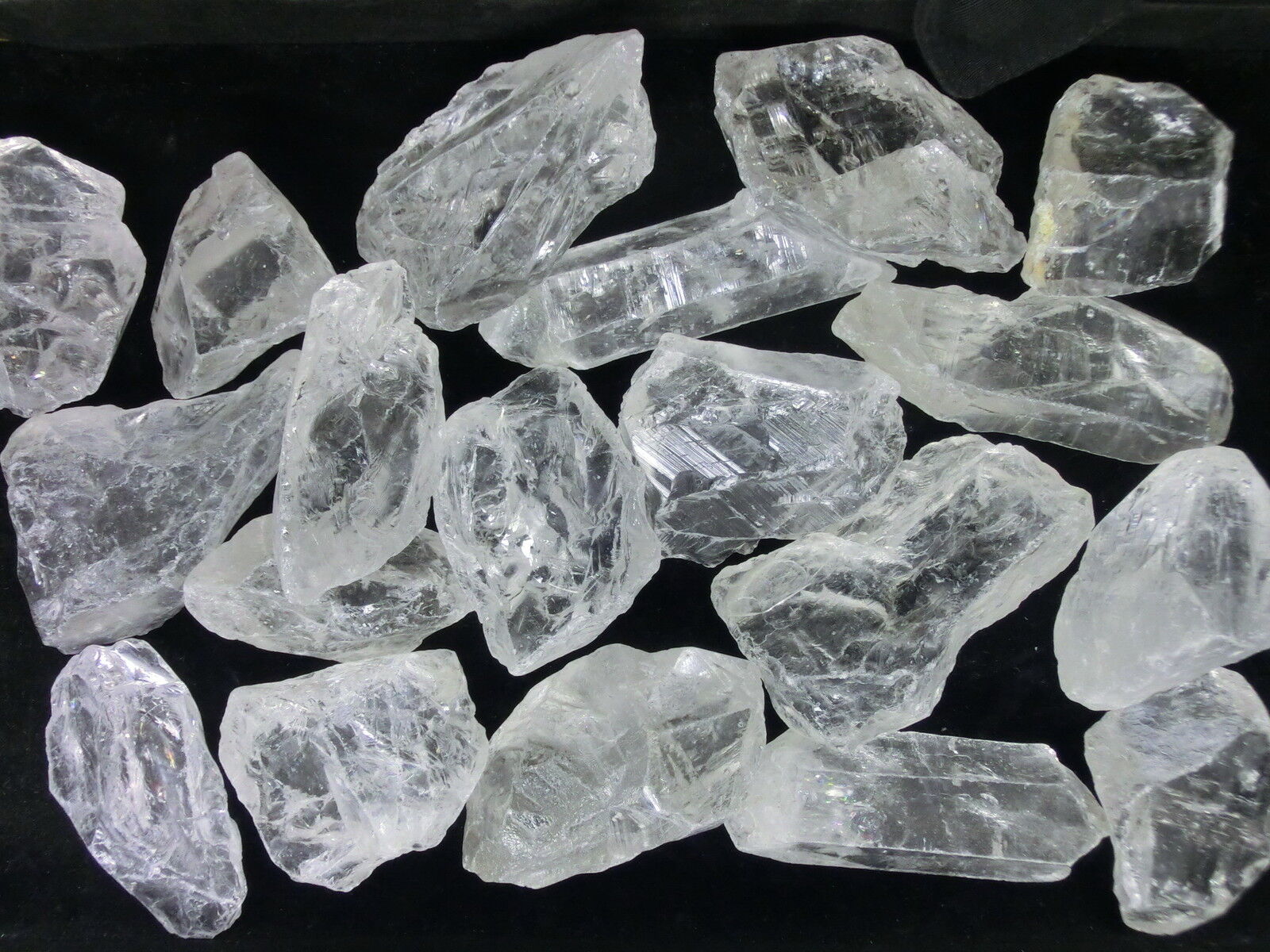Dolomite
Dolomite is an important rock-forming mineral that named is French mineralogist Déodat Gratet de Dolomieu. It is a colorless to white, pale brown, grayish, reddish, or pink mineral. Its crystals are commonly rhombohedral or tabular, often have curved faces, and sometimes cluster in saddle-shaped aggregates. Dolomite may be striated horizontally and twinned. Some crystals may be up to 2 in (5 cm) long. It can also be coarse to fine granular, massive, and, rarely, fibrous.
Polymorphism & Series: Forms two series, with ankerite and with kutnohorite.
Mineral Group: Dolomite group.
Name: Honors Dieudonne (D´eodat) Sylvain Guy Tancr`ede de Gratet de Dolomieu (1750–1801), French geologist and naturalist, who contributed to early descriptions of the species in dolostone.
Association: Fluorite, barite, calcite, siderite, quartz, metal sulfides (hydrothermal); calcite, celestine, gypsum, quartz (sedimentary); talc, serpentine, magnesite, calcite, magnetite, diopside, tremolite, forsterite, wollastonite (metamorphic); calcite, ankerite, siderite, apatite (carbonatites).
Formation
Dolomite is the main constituent in dolomite rocks and dolomitic marbles. It occurs as a replacement deposit in limestone affected by magnesium-bearing solutions, in talc schists, and in other magnesium-rich metamorphic rocks. Dolomite is found in hydrothermal veins associated with lead, zinc, and copper ores. It is also found in altered, silica-poor igneous rocks, in some carbonatites, and in serpentinites. Crystals of dolomite frequently form in cavities in limestone and marble.
Chemical Properties of Dolomite
| Chemical Classification | Carbonate |
| Chemical Composition | CaMg(CO3)2 |
| Common Impurities | Fe,Mn,Co,Pb,Zn |
Physical Properties of Dolomite
| Color | Colorless, white, pink, green, gray, brown, black |
| Streak | White |
| Luster | Vitreous, pearly |
| Cleavage | Perfect, rhombohedral, three directions |
| Diaphaneity | Transparent to translucent |
| Mohs Hardness | 3.5 to 4 |
| Crystal System | Hexagonal |
| Tenacity | Brittle |
| Density | 2.84 – 2.86 g/cm3 (Measured) 2.876 g/cm3 (Calculated) |
| Parting | Noted in lamellar twins on {0221}. Twin gliding on {0221}; |
Optical Properties of Dolomite
 Dolomite PPL
Dolomite PPL
 Dolomite XPL
Dolomite XPL
| RI values: | nω = 1.679 – 1.681 nε = 1.500 – 1.503 |
| Twinning | Common as simple contact twins |
| Optic Sign | Uniaxial (-) |
| Birefringence | 0.179 |
| Relief | Moderate |
| Optical Extinction | Parallel |
Occurrence
Formed by diagenesis or hydrothermal metasomatism of limestone; a primary phase in hypersaline sedimentary environments; a major component of some contact metamorphic rocks and marbles; a gangue in hydrothermal veins; in carbonatites and ultramafic rocks.
Uses Area
Construction aggregate
Cement manufacture
Dimension stone,
Calcined to produce lime,
Sometimes an oil and gas reservoir,
A source of magnesia for the chemical industry, agricultural soil treatments,
Metallurgical flux
Distribution
A major rock-forming mineral, abundant worldwide with numerous commercial uses. Some localities for fine examples include:









